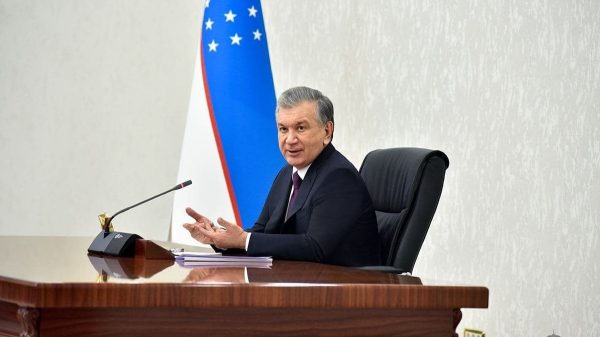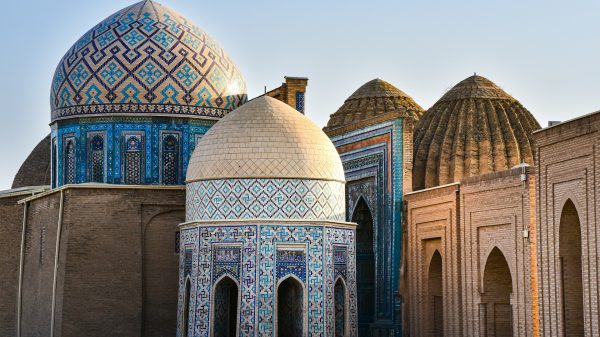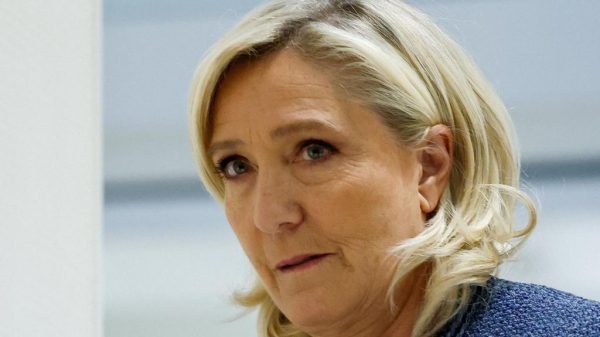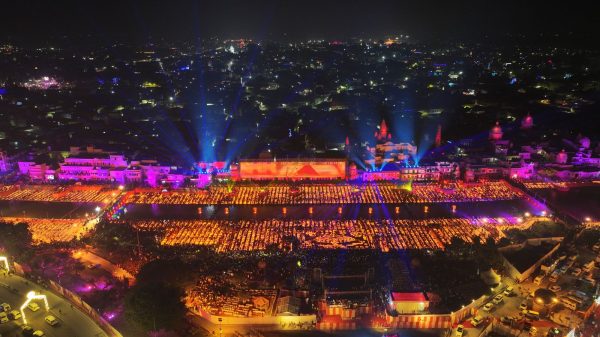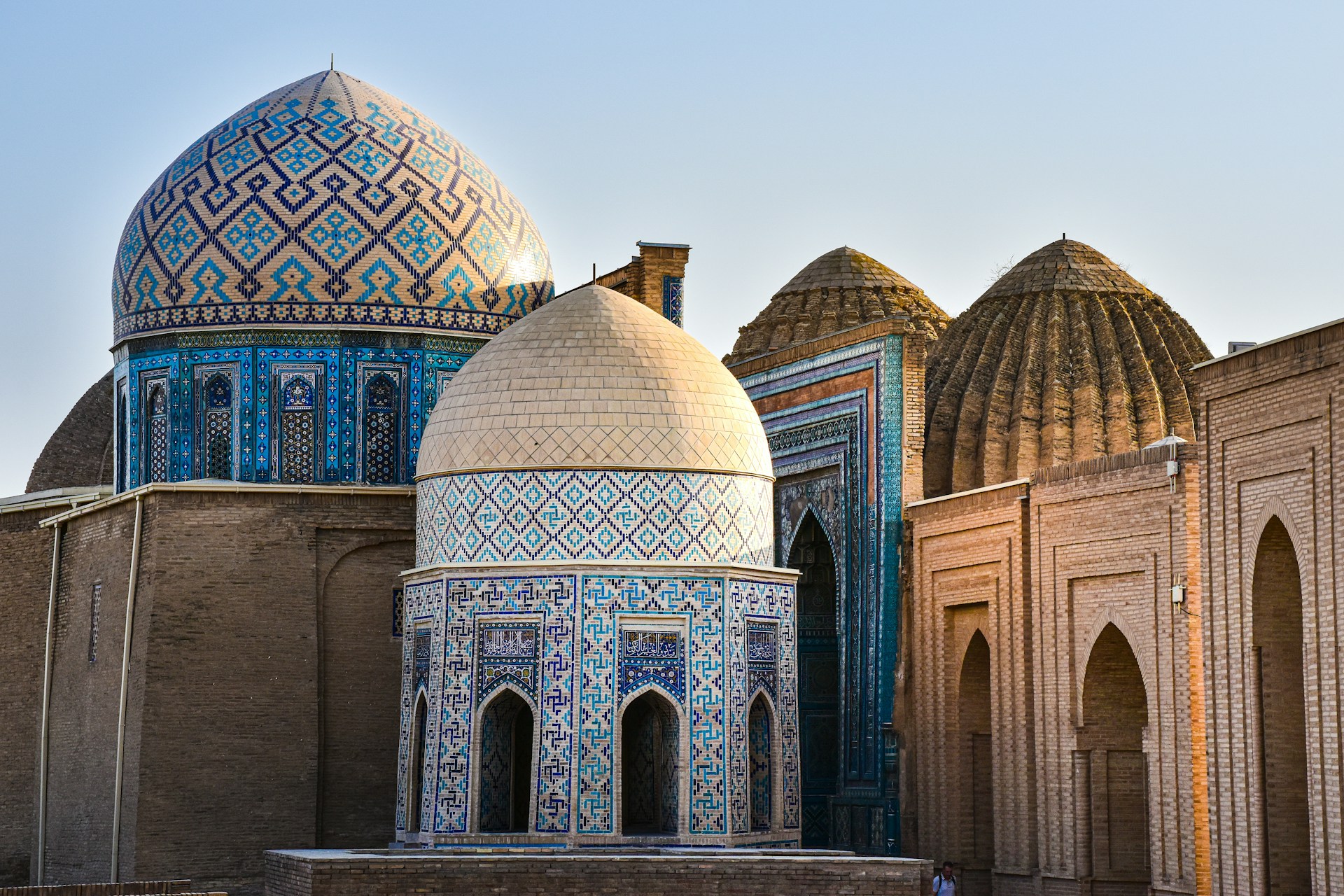European and Central Asian leaders, along with climate and development experts, are set to gather in Samarkand in early April for an international climate forum, aimed at strengthening cooperation on sustainable urban development amid mounting climate challenges in the region.
The forum, titled “Central Asia facing global climate challenges – consolidation for common prosperity”, will take place on 4–5 April in Uzbekistan’s oldest city of Samarkand, It will bring together the President of the European Council, António Costa, and the President of the European Commission, Ursula von der Leyen, alongside the leaders of Kazakhstan, Kyrgyzstan, Tajikistan, Turkmenistan, and host country Uzbekistan.
Central Asia is increasingly vulnerable to the impacts of climate change, including air and water pollution, soil erosion, and desertification. A heavy reliance on fossil fuels continues to drive emissions, while natural disasters are becoming more frequent and severe, putting pressure on both public health and the environment.
The EU is the region’s second-largest trading partner and its largest investor, accounting for over 40% of total foreign investment. In recent years, the EU has negotiated Enhanced Partnership and Cooperation Agreements (EPCAs) with all Central Asian countries except Turkmenistan as part of efforts to deepen political and economic ties.
Experts say a coordinated regional response is essential, and Uzbekistan is positioning itself as a platform for dialogue and regional cooperation. In the same week, Uzbekistan is also hosting the first-ever EU-Central Asia summit, which “will solidify our commitment to work together for peace, security, and sustainable development in full respect of international law,” António Costa said ahead of the summit.
Representatives from the United Nations, the World Bank, regional governments, climate experts, and civil society are all expected to attend the climate forum. One of the key sessions, “Sustainable Cities and Climate Challenges: Integrated Planning and Management,” will focus on urban development and adaptation to climate change in a region known for its continental climate, with cold winters and hot summers.
“Sustainable urban development is a cornerstone in addressing climate challenges,” said Khalilillo Khamidov, deputy director of Uzbekistan’s Institute of Macroeconomics and Regional Research. “Uzbekistan is demonstrating its commitment through projects that enhance environmental resilience and introduce innovative technologies.”
Uzbekistan’s climate efforts
With a rapidly growing population of 35 million, Uzbekistan has stepped up its engagement with global climate and ESG agendas. Under President Shavkat Mirziyoyev, the country is pushing forward reforms to modernise the economy and strengthen its regional and international standing.
In 2023, Uzbekistan outlined its climate plans in a national report on the Sustainable Development Goals, committing to cut carbon emissions, improve urban planning and adapt to climate risks. These targets are part of the country’s ambitious Uzbekistan 2030 Strategy, which aims to double the size of the economy and achieve upper-middle income status.
Under the 2030 Strategy, the double-landlocked country also aims to improve environmental monitoring, fully transition to green public transport, plant 200 million trees annually, enhance the quality of drinking water, and increase urbanisation to 60%, including transforming Samarkand into a city of over one million people.
Samarkand, with a population of nearly 600,000, is one of the oldest cities in the world. Its history spans more than 2,750 years, placing it alongside ancient cities such as Rome and Athens. Once a key hub on the Silk Road, it linked China to the Mediterranean and played a vital role in trade and culture.
As part of its climate response, Uzbekistan is also implementing a UN-backed programme to improve urban resilience to climate and disaster risks across Central Asia. At the same time, the country plans to invest around $1.3 billion in new waste-to-energy plants, which are expected to generate over 2 billion kilowatt-hours of electricity. This move is seen as a step towards diversifying energy sources in a country still heavily reliant on gas, coal and hydropower, a legacy of its Soviet-era heritage.
Photo by AXP Photography on Unsplash





